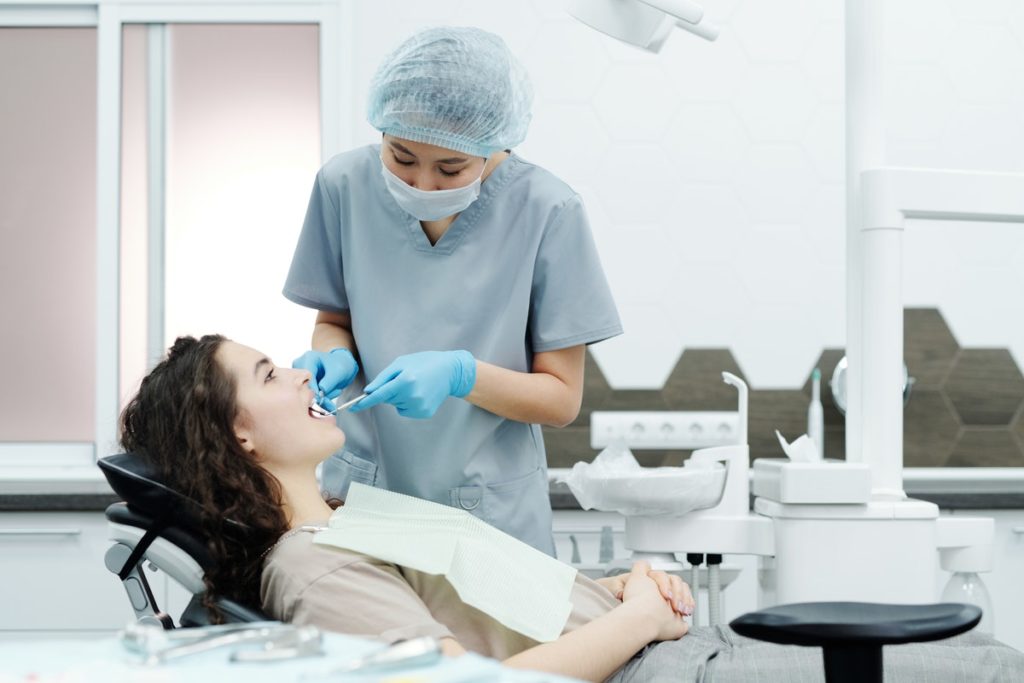3D printing is creating three-dimensional objects by laying down successive layers of material. The technology has been around since the 1980s, but it has only recently become commercially available and affordable to consumers. 3D printers can create a wide variety of objects, from small figurines to full-sized furniture.
One of the advantages of 3D printing is that it allows you to create customized objects. For example, you can print out a replacement part for your dishwasher or a new handle for your coffee mug. You can also use 3D printing to create one-of-a-kind items, such as jewelry or party favors.
Because of this, many industries are starting to experiment with 3D printing. The medical industry, for example, is using technology to create customized prosthetic limbs and hearing aids. Architects are using it to create scale models of their designs. And food manufacturers are even using 3D printers to develop edible replicas of their products.
There is one particular industry taking full advantage of 3d printers, and it’s the dental industry. If you’re wondering if investing in a 3d printer can help dental clinics wonder no more. Here’s everything you need to know about 3d printers and how they can help your clinic.

Benefits of 3d Printers
Easy Manufacturing
One of the main benefits of 3D printing for dental clinics is that it creates customized dental implants and braces. This also includes dental veneers, an essential orthodontic product. In addition, it drastically reduces the time and money required to manufacture these things.
3d printers are also reasonably easy to use. Many come with software that makes it simple to create 3D models from 2D images. And once you have a digital model of the object you want to print, the process is as easy as hitting “print.” Moreover, some models already exist on the internet to download and print.
3d Modeling
You can also use it to print out models of people’s teeth so that you can get a better idea of how their smiles will look. And if you’re ever faced with a dental emergency, you can use a 3D printer to create a replacement tooth on the spot.
3D printers can also be used to create custom dental tools and molds. This can save clinics time and money since they no longer have to order these tools and molds from other companies. Furthermore, this decreases the discomfort that clients have when doing traditional molds.
Traditional molds require patients to bite into a gooey material to create an impression of their teeth. This can be uncomfortable and sometimes results in distorted impressions. As a result, many have considered this an invasive method and one that needs to be removed from the field of dentistry. With 3D printing, you can print out a mold of the patient’s teeth without using any messy materials.
Improved Accuracy
Another significant benefit of 3D printing is that it’s much more accurate than traditional manufacturing methods. When you’re dealing with teeth, accuracy is essential. Even a small mistake can cause a lot of pain or discomfort for the patient. With 3D printing, you can be confident that the dental implants and braces you create will fit perfectly.
Faster Turnaround Times
3D printing also allows you to get your products to your patients faster. Since everything is created in-house, there’s no need to wait for shipping from other companies. This is especially helpful if you have patients in a hurry to get their dental work done.
Reduced Costs
Investing in a 3d printer can also help dental clinics save money. This is because 3D printers allow you to create customized objects locally, eliminating the need to order them from other companies. You also don’t need to hire additional staff to operate the printer.
The future of 3d printing
The 3d printing market is now worth over $20 billion, and it’s not stopping there. As a result, more are investing in this market, especially those from the dental industry. This will eventually reduce costs and make the technology more affordable to many dental professionals.
The continuous investment also means that 3d printing technology will continue to evolve and become more advanced. This means that dental clinics will be able to take advantage of newer and better 3d printers in the future. This will improve the accuracy and quality of the products that they create.
The Bottom Line
Overall, 3D printing is a great investment for dental clinics. It allows you to create customized products faster and more accurately than ever before. And it doesn’t require any additional manpower or equipment. So if you’re looking for a way to improve your clinic’s operations, investing in a 3d printer is the way to go.

